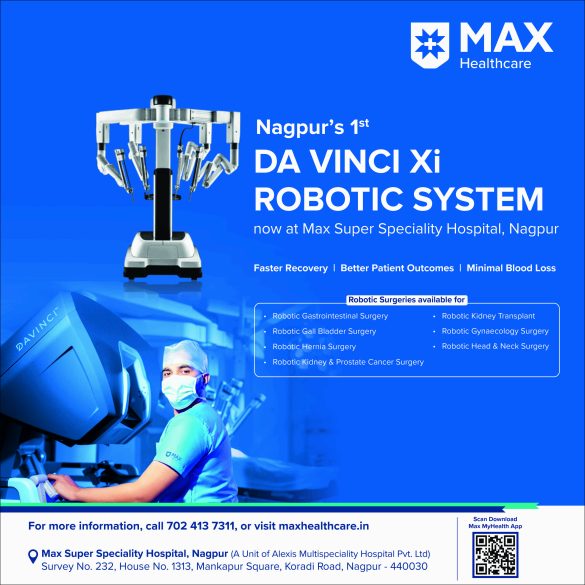3,130 tax personnel, including 600 IT officers are busy implementing the Faceless e-Assessment scheme of Income Tax. Out of 58,319 cases selected for faceless assessment, already 8,700 cases have been disposed off. The scheme, first announced by the Finance Minister Ms. Nirmala Sitharaman in the 2019 budget speech, is seen as a big leap towards transparent tax administration.
“This is the first time that we are doing the faceless e-assessment. The work has picked up since July, after having addressed all the issues related to infrastructure, manpower, hardware and software. Our target is to finish all the cases by mid-September†said Shri S K Gupta, Principal Chief Commissioner of Income Tax and Member, Central Board of Direct Taxes (CBDT).
The Income Tax Department in October 2019 rolled out the faceless e-assessment scheme that eliminates physical interface between an assessing officer and an assessee. Eight cities – Mumbai, Delhi, Kolkata, Chennai, Bangalore, Hyderabad, Ahmedabad and Pune are covered under the scheme. Shri Gupta said that the cases taken up for faceless e-assessment include a mix of returns filed by individuals, businesses, MSME as well as big companies.

How the faceless e-assessment works?
The National e-Assessment Centre in Delhi is the single point of contact for the taxpayer as well as for all units conducting assessment. It is the NEC which issues notices under Section 143(2) to the assesse for which the assessee is required to respond within 15 days of receipt of notice. Upon the issue of a notice, NEC allocates the case to any Assessment Unit through an automated allocation system, ensuring anonymity.
The conventional system of scrutiny assessment involved a high level of personal interaction between the tax payer and the Income Tax Department officials. Under the faceless e-assessment system, the tax payer would not know by whom his /her return is being assessed or in which city. “The anonymity and the absence of human interface will go a long way in addressing the issue of harassment as well as curb instances of corruption†Shri Gupta added. “Instead of territorial jurisdiction, we have brought it dynamic jurisdiction†he added.



